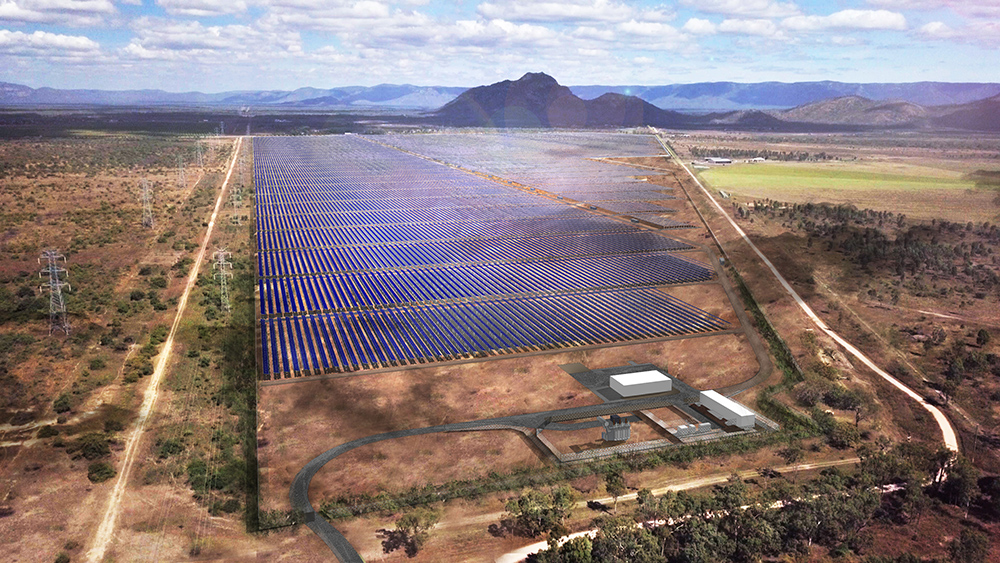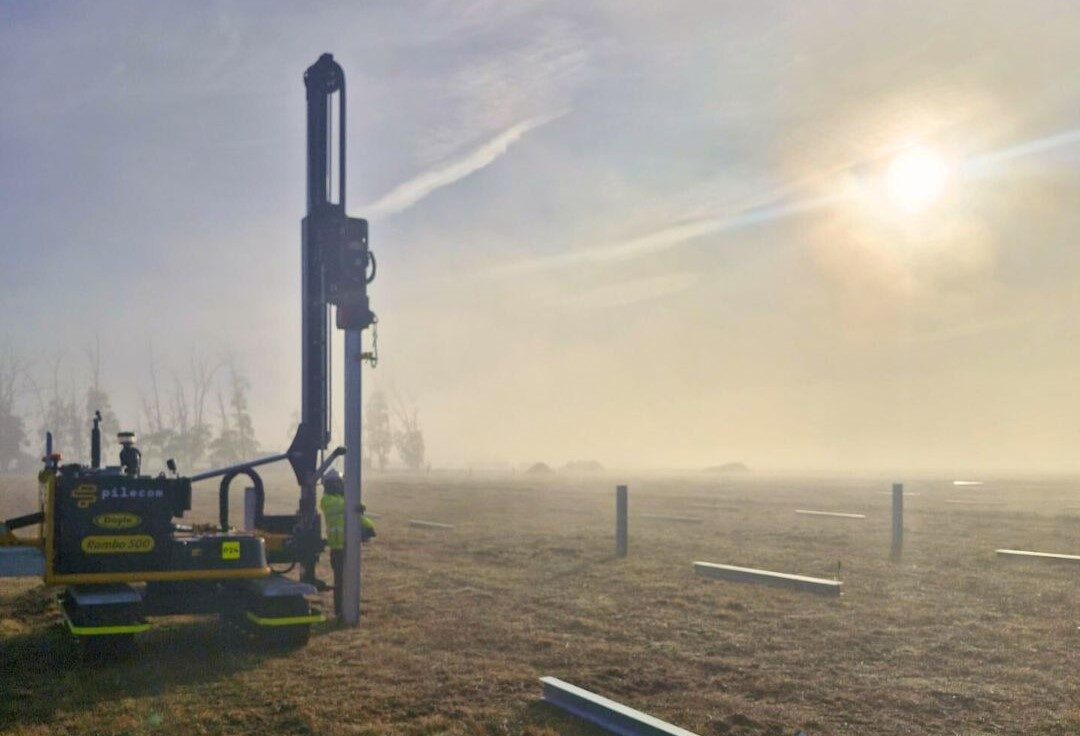The Australian developers of a new short-term power generation self-forecasting tool claim it improves the accuracy of five-minute ahead forecasts required for large-scale wind and solar farms in the National Electricity Market and can help deliver a more secure and reliable grid.
A collaboration between Monash University’s Grid Innovation Hub, Australian engineering company Worley and United States-based Palisade Energy, the PowerPredict self-forecasting tool utilises machine learning technology to predict power outputs at utility scale wind and solar farms.
The developers said the PowerPredict forecasting algorithms achieved a 45% improvement on standard market forecasts, helping to reduce the frequency of poor dispatch and support a higher share of renewables in the market without compromising on overall grid stability.
Worley data science customer solutions global vice president Denis Marshment said the forecasting tool could also reduce Frequency Control Ancillary Services (FCAS) payments by generators resulting from the failure to meet forecast targets.
“Natural variations in weather makes it difficult for renewable generators to accurately forecast their short-term power generation levels and this impacts grid stability,” he said.
“In 2020 alone, inaccurate power predictions cost Australian generators $210 million, so using machine learning algorithms to see five minutes into the future is incredibly valuable.
“Our forecasting solution provides immediate value to our existing renewables customers as they target lower FCAS charges.”
The development of the machine learning forecasting methodology was led by Dr Christoph Bergmeir, from Monash University’s Department of Data Science and AI.
The project, which received $499,000 in funding from the Australian Renewable Energy Agency (ARENA), saw two machine learning models installed at the 130 MW Waterloo Wind Farm in South Australia and the 116 MW Ross River Solar Farm in Queensland.

Image: Monash Uni
Traditional forecasting techniques use combinations of naive and Numerical Weather Prediction methods for power forecasts. The PowerPredict forecasting tool is based on machine learning algorithms drawing on internal supervisory control and data acquisition (SCADA) feeds from the generators as inputs to the model.
“Predicting short-term renewable energy generation is not an easy task,” Bergmeir said.
“Renewable energy cannot be produced on demand, as it is bound to natural resources such as the wind and sun. Therefore, in order to achieve a stable network and enough power generation, we need a reliable short-term prediction method.
“By introducing machine learning methodologies to this short-term forecasting process we’re able to apply algorithms that are trained on historical time series data, resulting in the accurate forecasting of wind and solar energy.”
Bergmeir said the project showed that improvements can be made to forecasting accuracy for both wind and solar generators by utilising and enhancing best-practice machine learning techniques.
The dual machine learning models were able to improve upon benchmark forecasts and showed major benefits when the wind farm had constraints applied by AEMO.
The developers conceded more research is needed on the solar side but said the forecasting models can be applied to all energy farms in Australia.
Bergmeir said the technology has the potential to lower energy prices across the board, and potentially open up avenues for hydro and other forms of clean energy.
“If renewable generators can lower their causer pays factors, they can produce electricity cheaper, and eventually that saving could be passed on to the customers. It would also make renewables more competitive, which is also a desirable outcome,” he said.
This content is protected by copyright and may not be reused. If you want to cooperate with us and would like to reuse some of our content, please contact: editors@pv-magazine.com.









1 comment
By submitting this form you agree to pv magazine using your data for the purposes of publishing your comment.
Your personal data will only be disclosed or otherwise transmitted to third parties for the purposes of spam filtering or if this is necessary for technical maintenance of the website. Any other transfer to third parties will not take place unless this is justified on the basis of applicable data protection regulations or if pv magazine is legally obliged to do so.
You may revoke this consent at any time with effect for the future, in which case your personal data will be deleted immediately. Otherwise, your data will be deleted if pv magazine has processed your request or the purpose of data storage is fulfilled.
Further information on data privacy can be found in our Data Protection Policy.